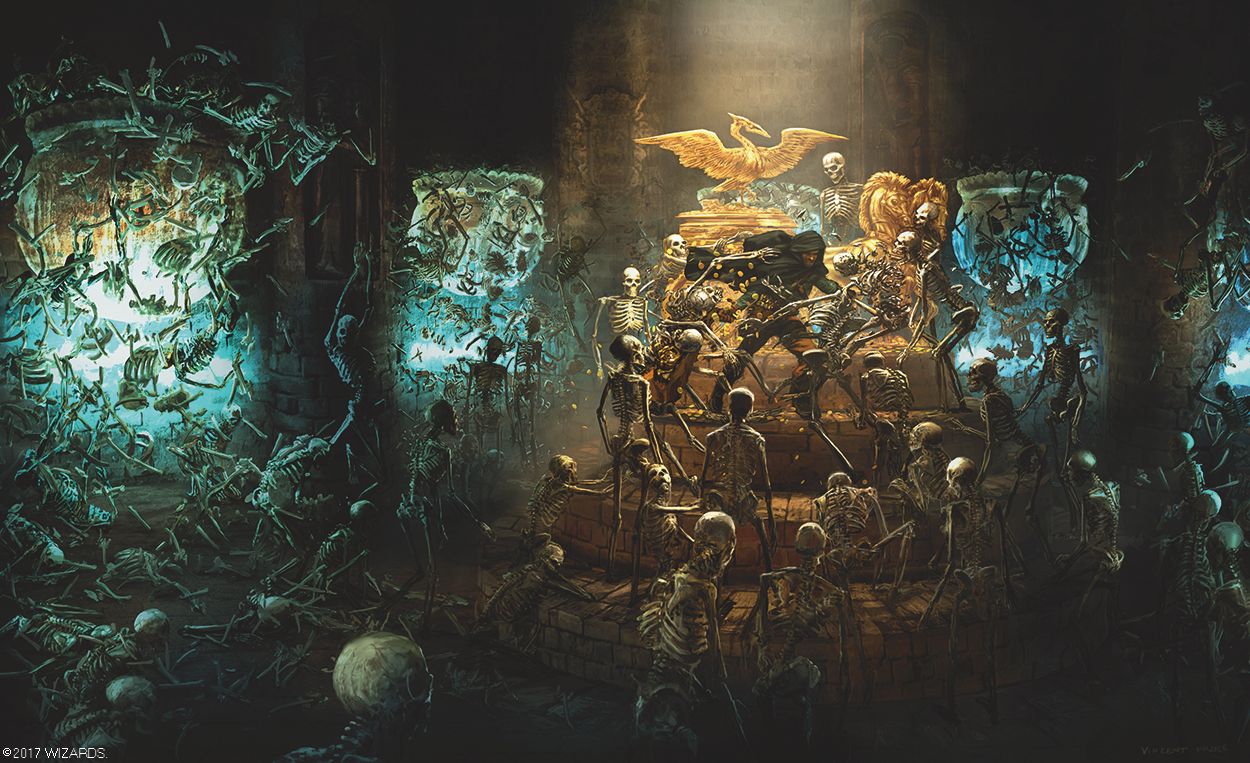

5 Through the “hook” of the supernatural, you can draw students into learning about the history, religion, and culture of Japan in both the past and contemporary times.
Trickster character series#
The supernatural, with its connections to magic, is a fascinating topic for students of all ages, as revealed by their interest in anime, video games such as Ōkami and books from the “Harry Potter” series to Studio Ghibli’s Spirited Away. 4 Images and stories of the supernatural have permeated Japanese culture for centuries and include the well-known twelfth-century handscrolls called the Chōjū jimbutsu giga (Frolicking Animals and People Handscrolls), the classic Ugetsu monogatari, 1776 (Tales of Moonlight and Rain) by Ueda Akinari, and twentieth-century anime such as Heisei Tanuki Gassen Pom Poko (1994).

The Trickster is only one example of Japan’s incredibly rich world of the supernatural (or supernormal), a world that is revealed through both the arts and literature. This brings us to Japan and Japanese art. Learning about Tricksters not only challenges students to think about human psychology but also engages them in learning about the cultural contexts in which Tricksters appear. This is because the Trickster appears in the mythology, folklore, literature, and arts of cultures throughout the world. Why do cultures the world over include Tricksters in their mythology and folklore? What purpose might these figures have in humans’ worldviews: our sense of what is the norm, our thinking about wrong or right, and our explanations of why things are the way they are in the world? You can bring Trickster into classroom discussion in a literature course, a history class, social studies, anthropology, psychology, folklore studies, religion, theater, or art/art history. 3īut, the questions of why and how can make for stimulating classroom discussions. Laughter can have its own purpose it can provide healing effects, serve to educate, even be regarded as sacred. 2 Another aspect of Tricksters is that they can be humorous, but the humor in Trickster stories is not necessarily meant to be merely entertaining. Tricksters can also act as semi-divine cultural heroes, creating something positive from a potentially destructive situation by virtue of quick wit and intuition. Tricksters can be creators or destroyers, heroes or fools. They are not always negative forces, however. They have a fondness for sly jokes and malicious pranks that can result in harm to either themselves or others. They often play the role in mythology and folklore of one who turns things upside down and inside out. Tricksters the world over share a number of characteristics. Source: the Claremont Colleges Digital library. 1 Figure 1: The Lucky Tea Kettle of Morin Temple by Tsukioka Yoshitoshi (1839–1892), color woodblock print. Loki of Norse mythology is also sometimes regarded as a Trickster. There is Hermes in Greece, the Coyote in North America, the hare Sungura from East Africa (Tanzania and Malawi, for example), and Brer Rabbit from the American South (probably a descendant himself of Sungura), to name only a few. Trickster is one of the world’s oldest mythological figures, and examples abound in mythology and folklore worldwide. Tanuki is one of Japan’s two contributions to the archetypal Trickster, the other being kitsune, or the fox. There, the tanuki was comfortable and sometimes transformed itself into a priest instead of a kettle. In some versions of this tale, the monks decided that the captured kettle was too special to be used, so it was kept in the box. The kettle had turned into tanuki, or rather, a tanuki had turned into a kettle (Figure 1). Finally, someone managed to snatch the little kettle and thrust it into a box. The monks attempted to catch it, but the kettle flew about the room, just out of reach. The priest called in his novices to see the sight, and everyone stood aghast as the furry tea kettle scampered about the room. Re-envisioning Asia: Contestations and Struggles in the Visual ArtsĪ story: Once upon a time, a priest at a temple called Morinji was about to hang a tea kettle over the fire when it suddenly sprouted a head, tail, and feet.Distinguished Service to the Association for Asian Studies Award.Distinguished Contributions to Asian Studies Award.Striving for Diversity, Equity, and Inclusion in Asian Studies: Humanities Grants for Asian Studies Scholars.Gosling-Lim Postdoctoral Fellowship in Southeast Asian Studies.Cultivating the Humanities & Social Sciences Initiative Grants.Key Issues in Asian Studies Book Series.AAS Takes Action to Build Diversity & Equity in Asian Studies.AAS Community Forum Log In and Participate.


 0 kommentar(er)
0 kommentar(er)
